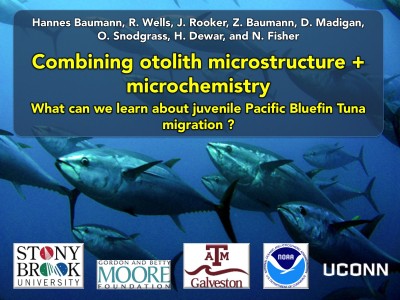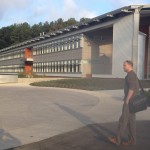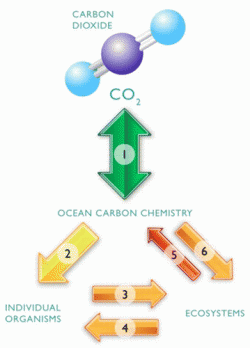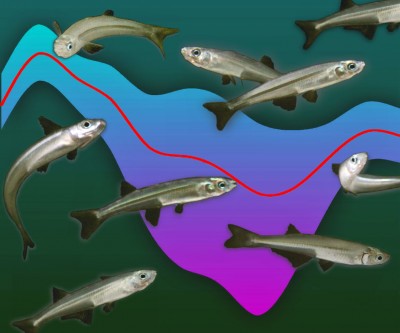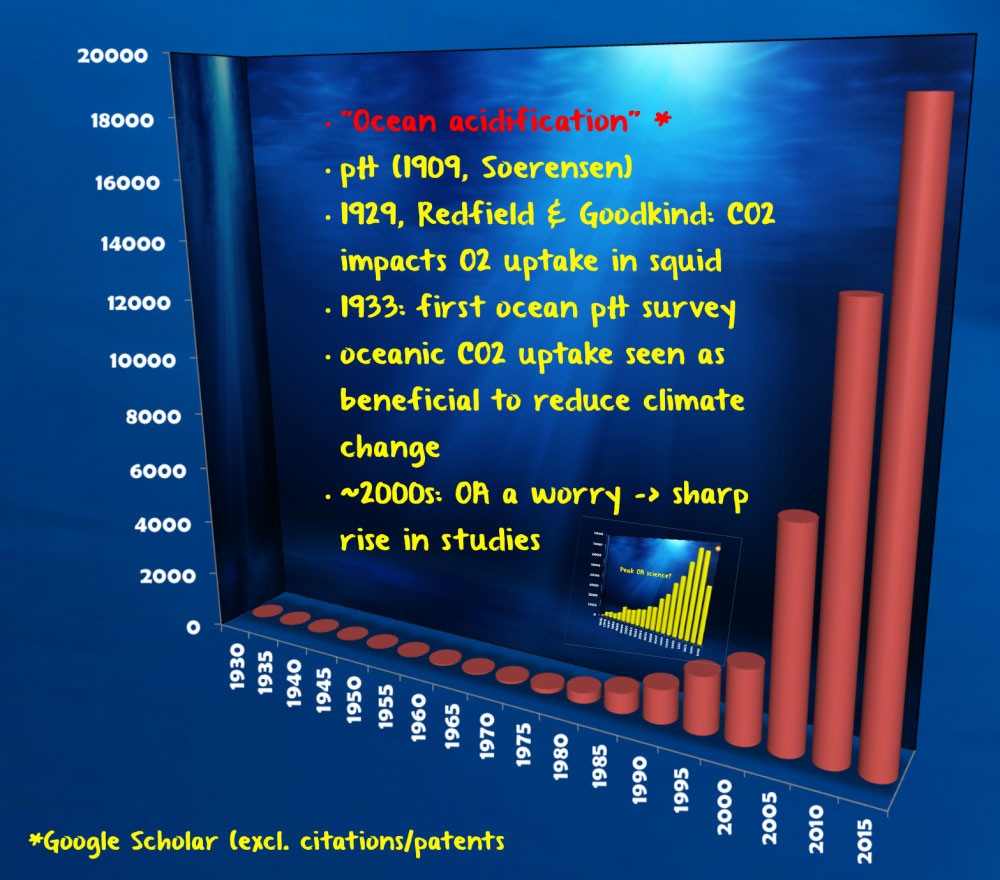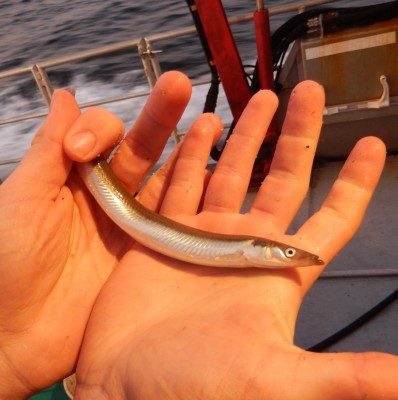
On November 10th Chris traveled to Stellwagen Bank Marine Sanctuary to test sample sand lance Ammodytes dubius, arguably the sanctuary’s most important resource. He joined a collaboration of researchers from the USGS and SBNMS to assist in their efforts to better understand sand lance distributions within the sanctuary. Given the vital importance of sand lance in many coastal systems, our lab is interested in evaluating how anthropogenic stressors, i.e. ocean acidification and hypoxia, may impact early life stages. The trip was an opportunity for Chris to observe field-sampling techniques aboard the R/V Auk, which confirmed the feasibility of sampling healthy, fertile adults. A special thanks to Ben Haskell, Dave Slocum, Brad Cabe, Michael Thompson from SBNMS; Page Valentine and Dann Blackmore from the USGS; and the crew of the R/V Auk for a great trip.

